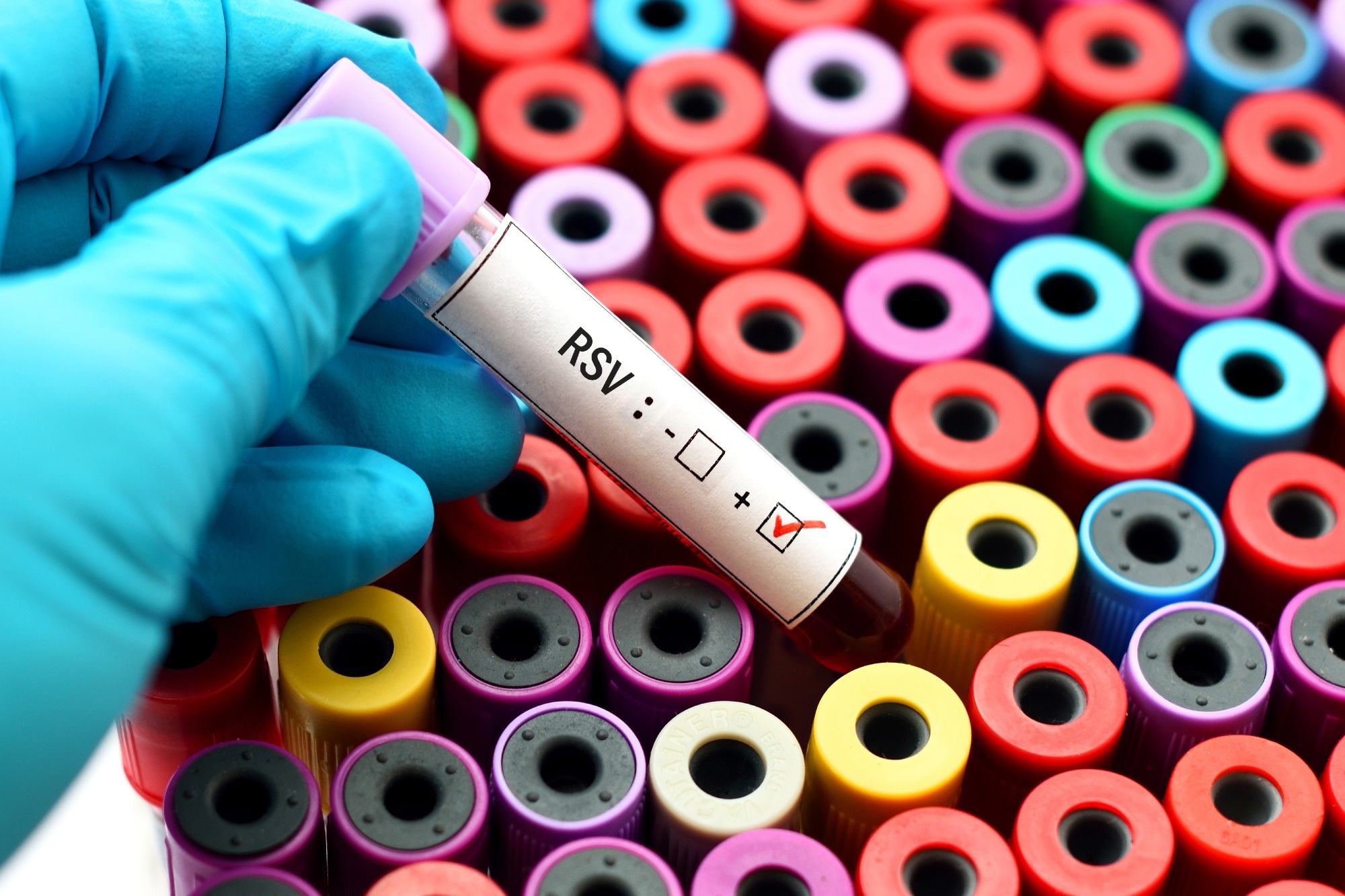In a recent study published in the JAMA Pediatrics Journal, researchers assessed changes in the severity and epidemiology of respiratory syncytial virus (RSV) infections in the pediatric population during the coronavirus disease 2019 (COVID-19) waves.
 Study: Shifting Epidemiology and Severity of Respiratory Syncytial Virus in Children During the COVID-19 Pandemic. Image Credit: JarunOntakrai/Shutterstock.com
Study: Shifting Epidemiology and Severity of Respiratory Syncytial Virus in Children During the COVID-19 Pandemic. Image Credit: JarunOntakrai/Shutterstock.com
Background
A resurgence in RSV infections was experienced globally after two years of the severe acute respiratory syndrome coronavirus 2 (SARS-CoV-2) outbreak, with unparalleled increases in pediatric hospitalizations.
However, the differences in RSV infection-associated hospitalizations among young children in current times (i.e., between 2022 and 2023) in comparison to previous years are unclear.
Assessing trends in RSV infections before and during the COVID-19 pandemic could inform the development of effective therapeutics, such as monoclonal antibodies and vaccines, to reduce the RSV burden among children.
In addition, decision-making and policy formulation could be informed to improve the standard of care and enhance global preparedness against viruses.
About the study
In the present study, researchers compared RSV infections by age among children hospitalized with respiratory syncytial virus infections in Colorado from 2018 to 2023.
De-identified population and health surveillance data provided by the Centres for Disease Control and Prevention (CDC)’s Emerging Infections Program (EIP) respiratory syncytial virus hospitalization surveillance network were analyzed.
The team included only individuals aged below 18.0 years residing in the Colorado emerging infections program catchment site and who were admitted to the Children’s Hospital in Colorado (prime pediatric health provider) with respiratory syncytial virus infections verified using polymerase chain reaction (PCR).
The age distributions of the hospitalized children were compared over four periods, i.e., between 2018 and 2019, between 2019 and 2020, between 2021 and 2022, and between 2022 and 2023. The period between 2020 and 2021 was not included due to a single hospital admission.
Beginning in October 2021 up to the current period, all pediatric individuals hospitalized at the Children’s Hospital were subjected to combined PCR testing for influenza viruses, SARS-CoV-2, and the respiratory syncytial virus.
The number of children admitted to the intensive care unit (ICU) during the periods was determined, and the median values for age and hospital length of stay (LoS) at the hospital of the study participants were comparatively evaluated.
Results
A total of 2,809 pediatric individuals (mean age was 22 months) were included, among whom 53% (n=1,501) were male and 47% (n=1,307) were female. Between 2021 and 2022, 98% of hospitalizations were due to respiratory syncytial virus infections, which increased between 2022 and 2023 to 99%.
The age distribution differed significantly over the periods. The median values (months) for participant age before the current period and during the initial 42 days between 2022 and 2023 were 11 and 19, respectively.
In comparison to previous periods, a larger fraction of the pediatric population hospitalized due to respiratory syncytial virus infections between 2022 and 2023 was two to five years of age (34% between 2022 and 2023 versus 23% in previous periods) and five to 12 years of age (10% and 5.0%, respectively).
Among the study participants, 27% (203 children) had ICU admissions due to respiratory syncytial virus infections between 2021 and 2022, increasing to 36% (229 children) between 2022 and 2023. Likewise, the median LoS value (days) increased from three between 2021 and 2022 to 3.80 between 2022 and 2023.
Between 2021 and 2022, among children aged 0.0 to five months, six to 11 months, 12 to 23 months, 24 months to four years, five to 11 years, and 12 to 17 years, 35%, 34%, 21%, 21%, 10%, and 17%, respectively, were admitted to the ICU.
The corresponding percentages between 2022 and 2023 were 42%, 34%, 43%, 31%, 28%, and 0.0%, respectively.
Conclusions
Overall, the study findings indicated that a lack of prior respiratory syncytial virus exposure during COVID-19 might be related to the increase in respiratory syncytial virus infections in an older-aged group of vulnerable pediatric individuals in current times, i.e., the period between 2022 and 2023.
The upsurge might be related to strategies developed to mitigate COVID-19, which could curtail the spread of respiratory-type viruses.
Likewise, the study findings indicate that waning immune protection among expecting mothers and children with no repeated exposures to the respiratory syncytial virus could contribute to increased disease severity among newborns and older pediatric individuals compared to previous periods.
There may also be a possibility of increased virulence of the respiratory syncytial virus strain that emerged between 2022 and 2023 or that immunological dysfunction from previous SARS-CoV-2 infections may have enhanced the susceptibility to respiratory syncytial virus infections.